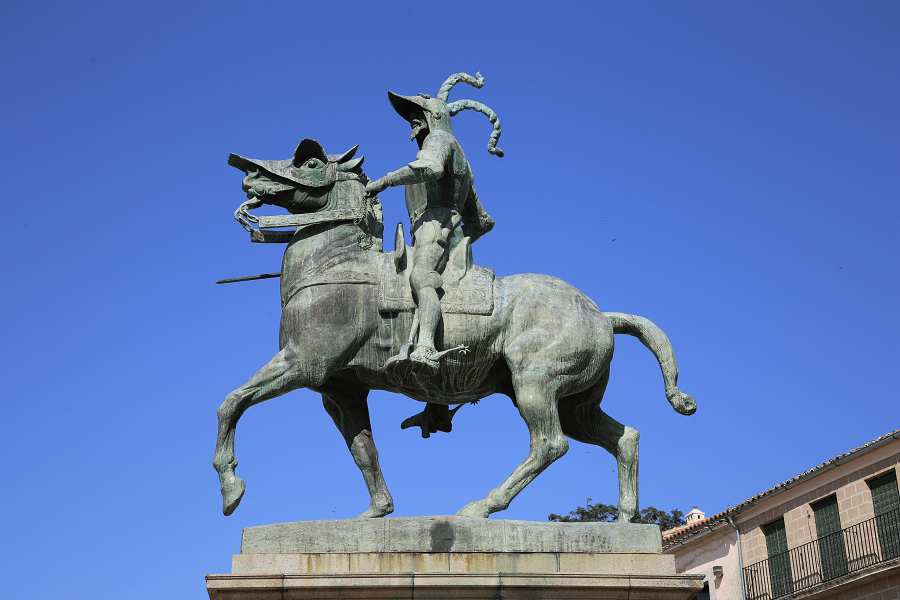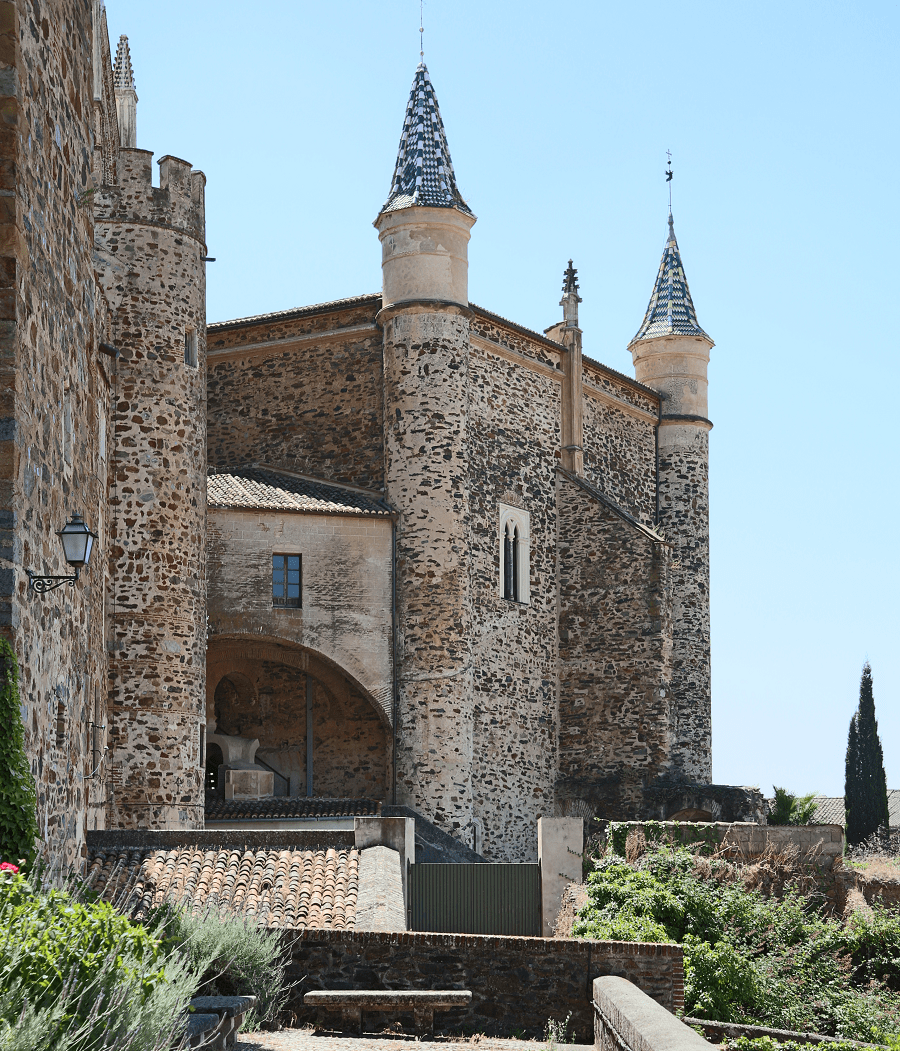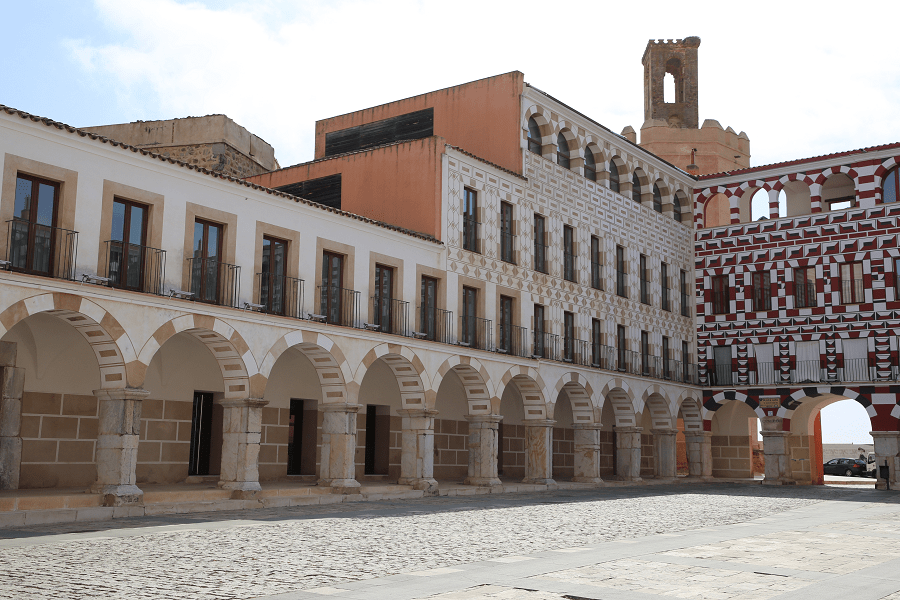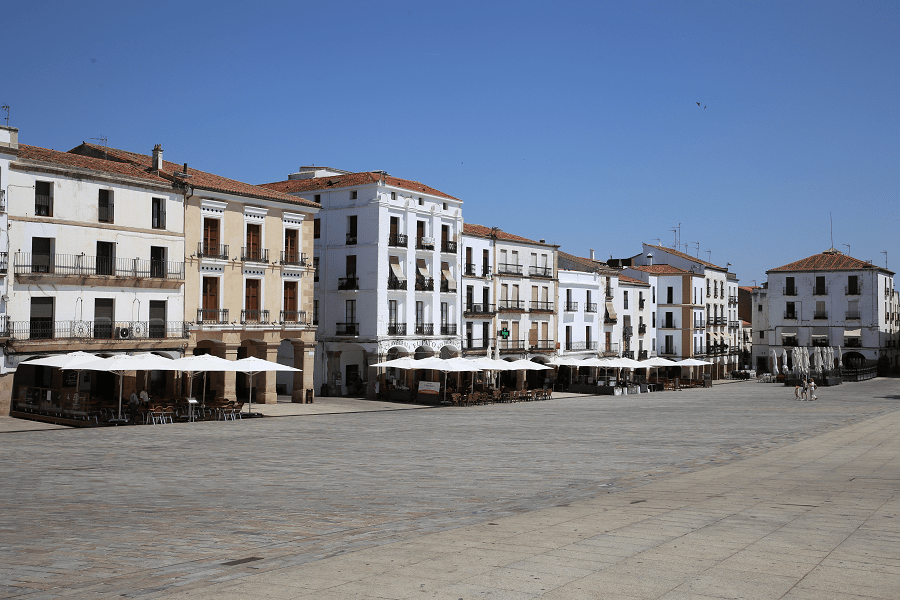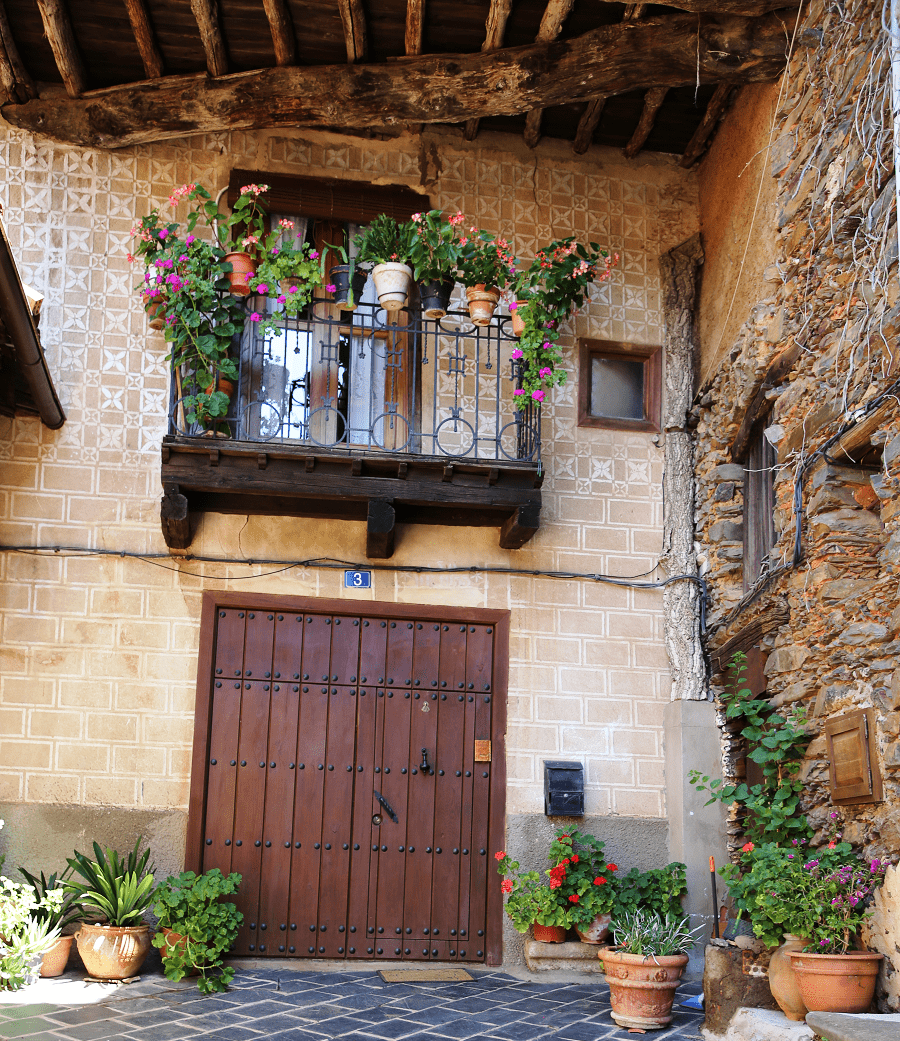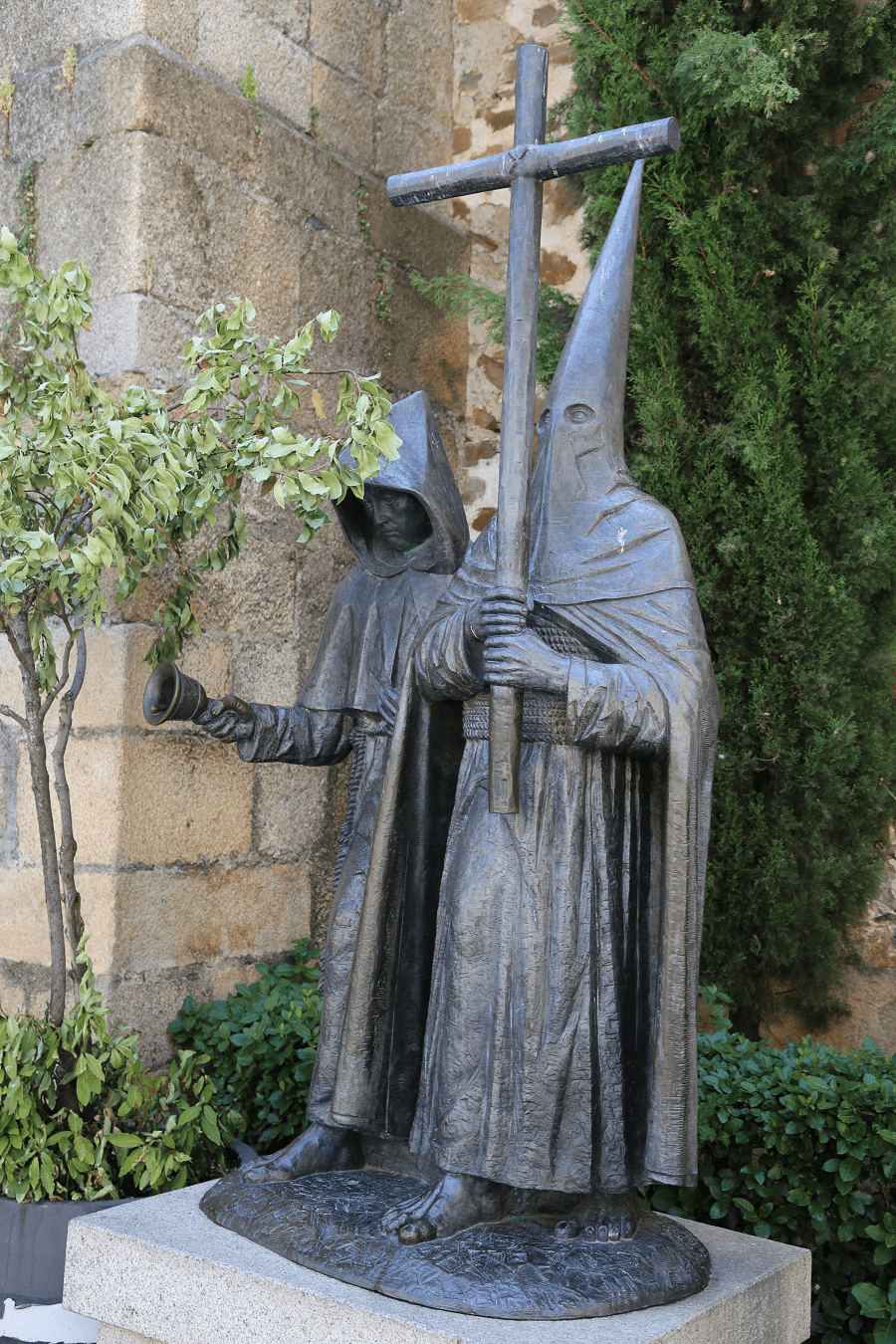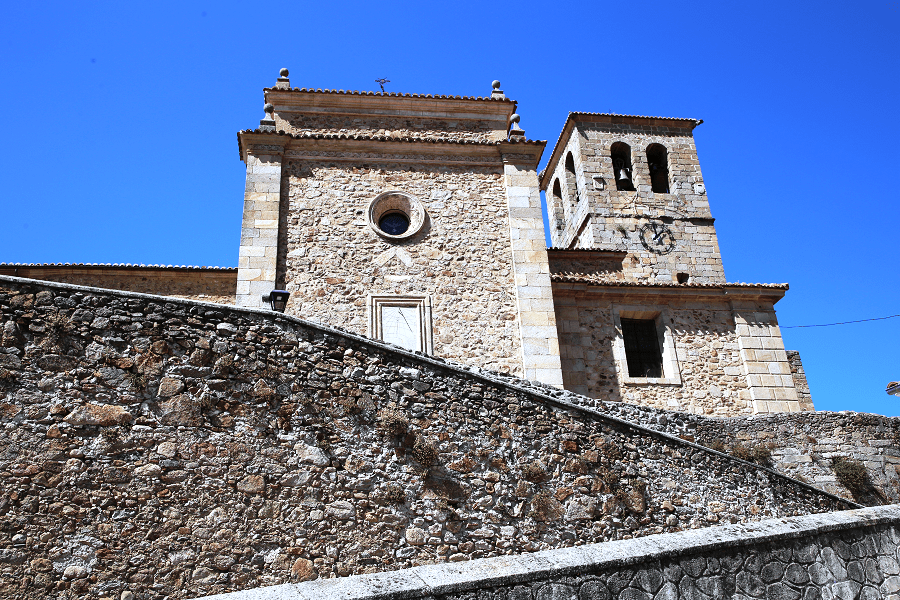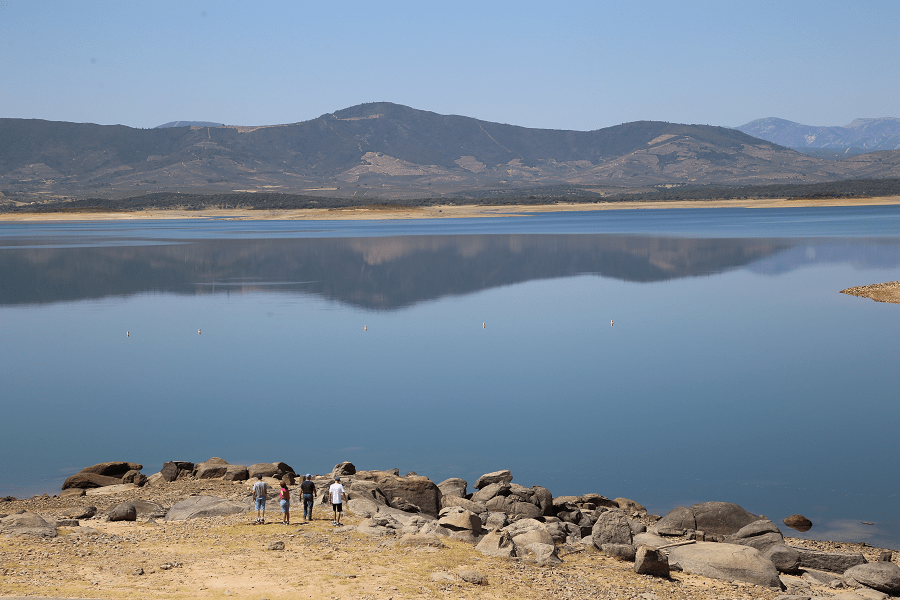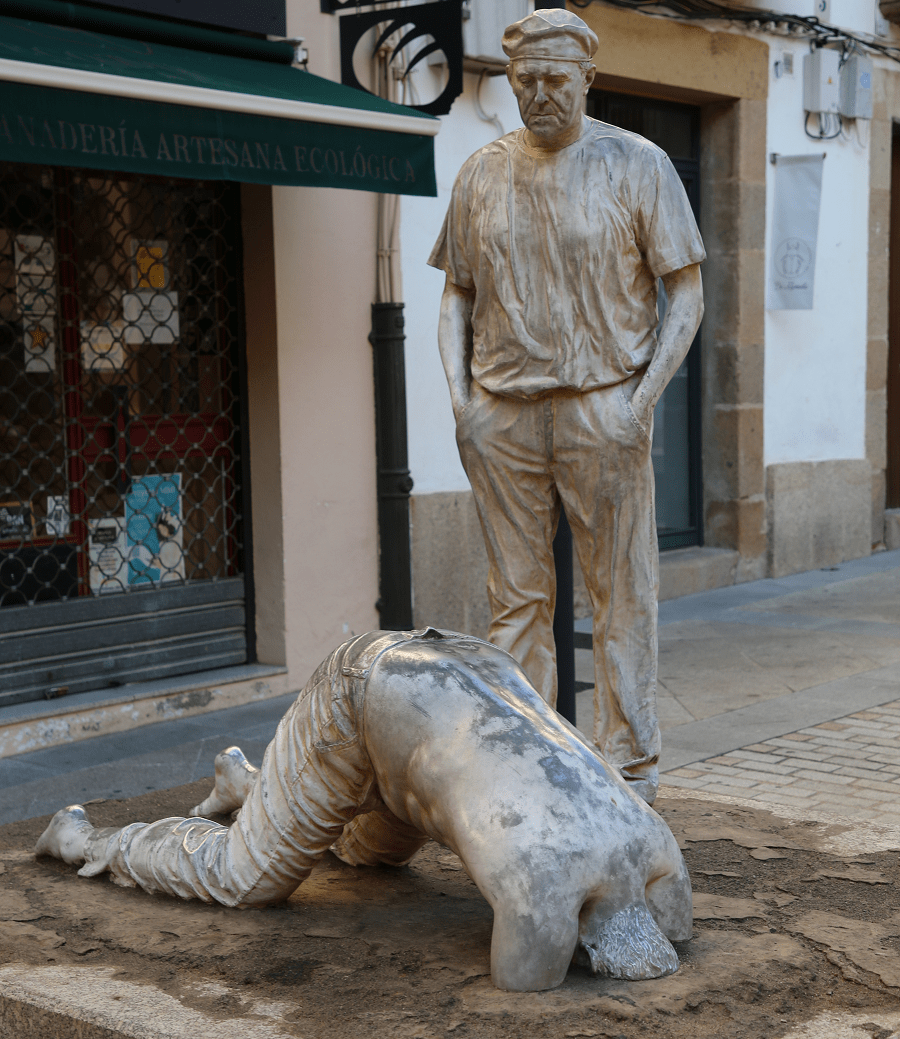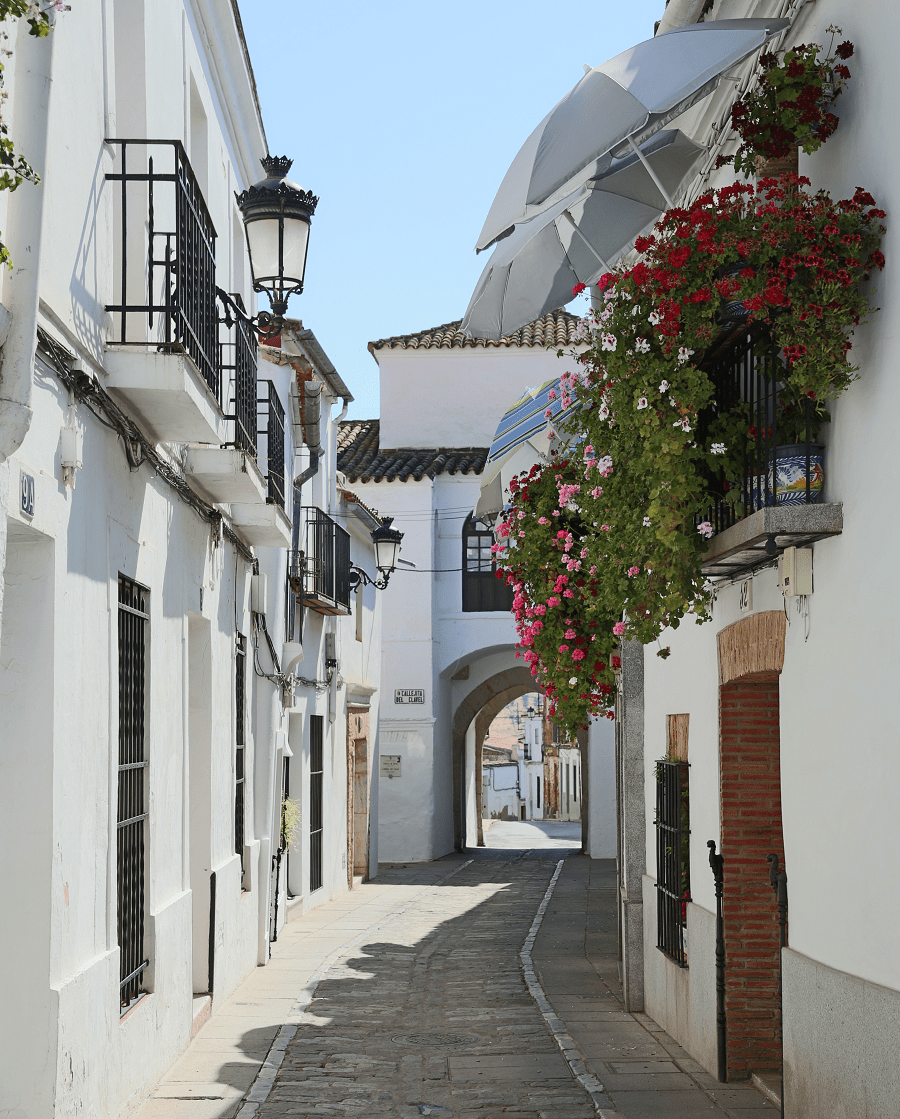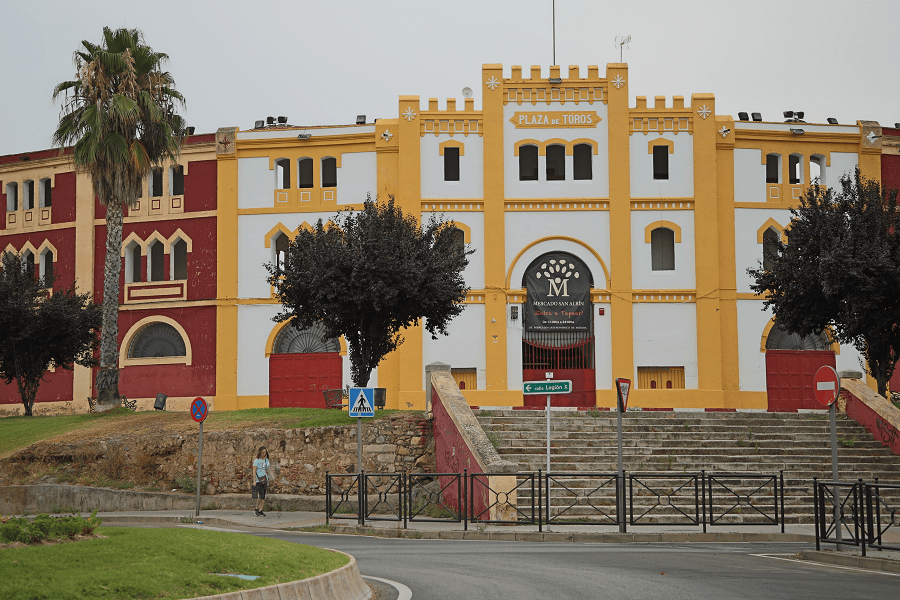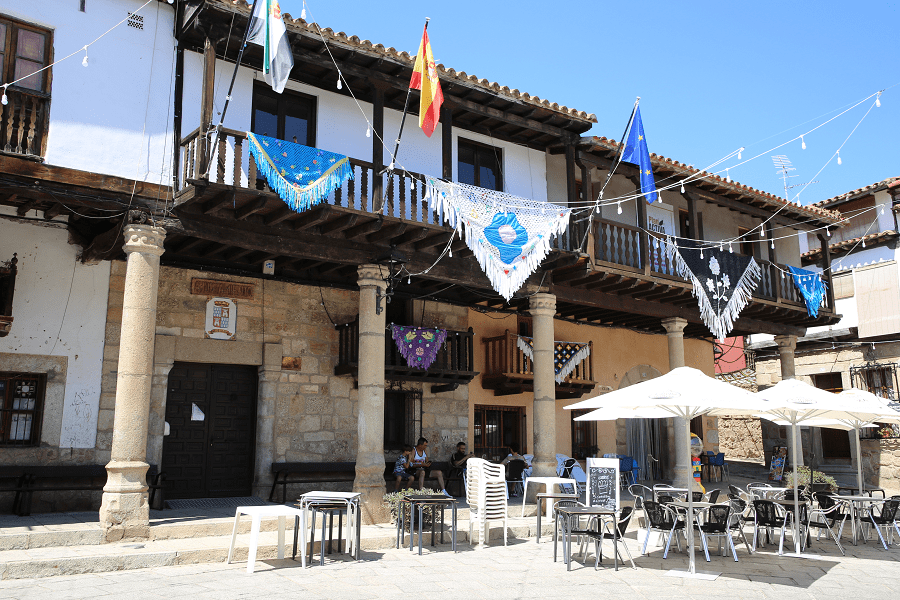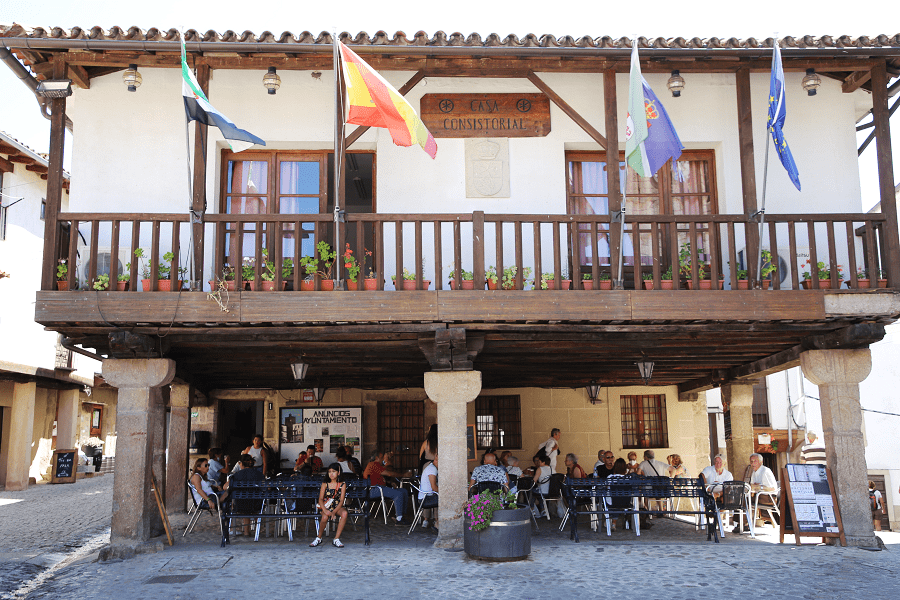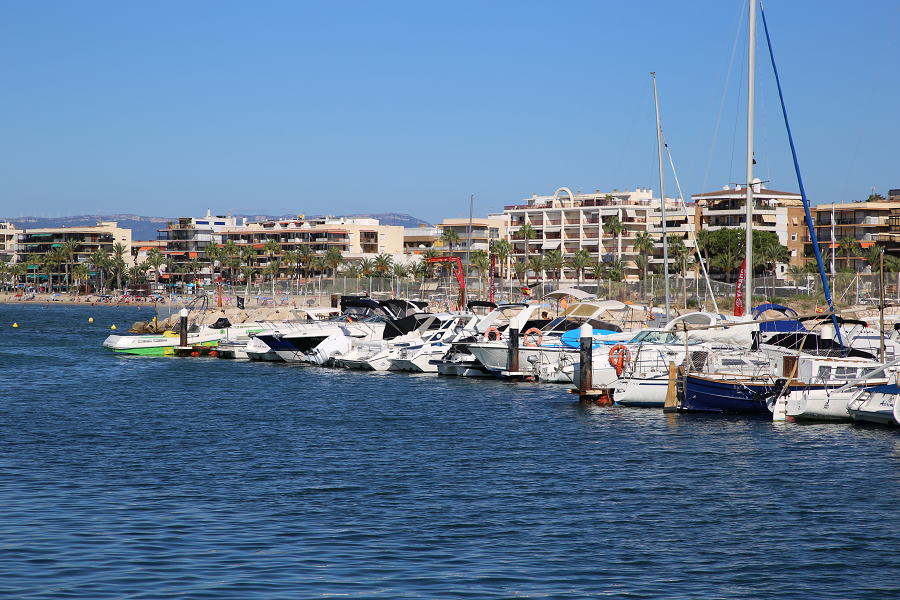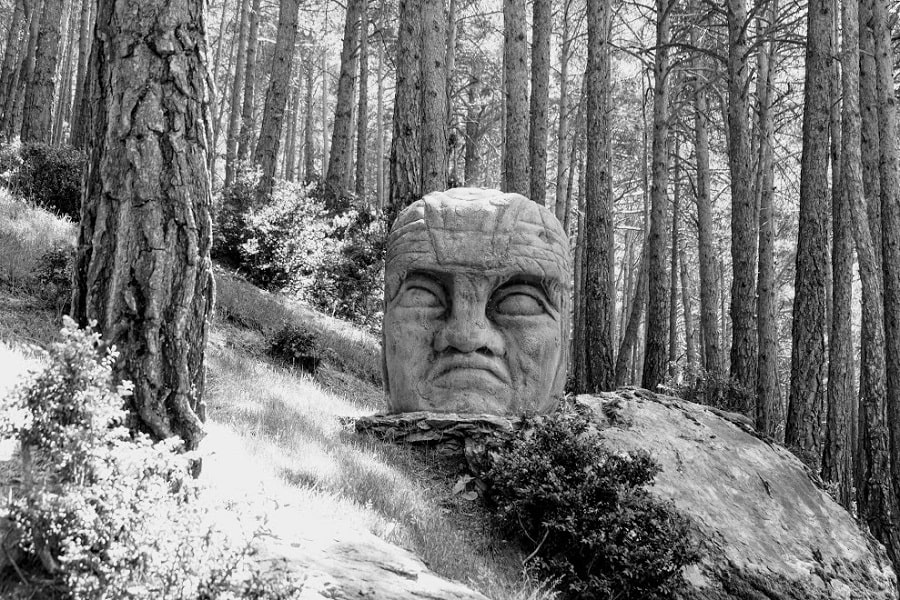Extremadura is an autonomous community of Spain. Its capital city is Mérida. Located in the central-western part of the Iberian Peninsula, it is crossed from east to west by the Tagus and Guadiana rivers. The autonomous community is formed by the two largest provinces of Spain: Cáceres and Badajoz.
Extremadura is bordered by Portugal to the west and by the autonomous communities of Castile and León (north), Castilla–La Mancha (east) and Andalusia (south).
Main attractions
Extremadura has three places that have been declared a Cultural World Heritage Site by UNESCO:
Old City of Cáceres, since 1986.
Archaeological site of Mérida, since December 1993.
Royal Monastery of Our Lady of Guadalupe, since 1993.
In the same way, the process has begun to obtain the designation as World Heritage of other properties such as the walled city of Plasencia, the city of Trujillo, the Alcántara bridge.
On the other hand, the uniqueness of the historic city of Badajoz should be mentioned, which has the largest walled enclosure in Spain and the largest fortress in Europe and the world of its kind and time.
Badajoz province
Mérida and its Roman heritage by UNESCO
Badajoz and its military heritage
Olivenza – the historic and artistic site
Fregenal de la Sierra – an important Historic-Artistic Complex
Alburquerque and its Luna castle
Medellín and its Roman theater
Higuera de Vargas and its castle
The García de Sola reservoir – one of the largest in Extremadura
The Hermitage of Nuestra Señora Virgen de Gracia
The Alconchel Castle dates back to the 12th century
The Encomienda Castle and its history
Capricho de Cotrina – a peculiar Gaudi style building
Don Benito museum of the classic cars
Cáceres province
Guadalupe – one the most important pilgrimage centers in the Iberian Peninsula
Valencia de Alcántara and its attractions
Plasencia and its historical complex
Valverde de la Vera and its attractions
Alcántara and its Roman bridge
San Martín de Trevejo and its architecture
Robledillo de Gata and its architecture
The Monastery of Yuste – European Heritage
The Gabriel y Galán reservoir named for the Salamanca poet
The Museum of motorcycles and classic cars in Hervás
Festivals and culture
Extremadura has around forty festivals of tourist interest throughout the year. The processing and concession of the title of the festivities are carried out through the Ministry of the Environment, Urban Planning and Tourism. These festivals of tourist interest usually coincide, although not always, with popular festivals in various places in Extremadura, such as San Sebastián, San Blas, Carnivals, Easter, August or All Saints’ Day. They include, among others:
Holy Week in Cacereña, of International Tourist Interest, some of whose brotherhoods are among the oldest in Spain. The passage called “del Cristo Negro” is one of the most revered, standing out for its austerity and seriousness. Due to its peculiarity, it aspires to be declared of International Tourist Interest.
Holy Week in Mérida, of National Tourist Interest, has numerous brotherhoods, as well as the celebration of a Via Crucis with one of its oldest carvings, the Cristo de la O, in the city’s Roman amphitheater. It has both old brotherhoods from the 18th and 19th centuries, as well as many others founded throughout the 20th and 21st centuries.
The Holy Week of Jerez de los Caballeros, of National Tourist Interest, has a total of eight brotherhoods parade during those days through the streets of the Badajoz town in a total of 11 processions. The four main churches (Santa Catalina, San Miguel Arcángel, San Bartolomé and Santa María de la Encarnación) plus the hermitage of the Holy Martyrs, become the center of attention and waiting to see the brotherhoods leave.
The Badajoz Carnivals, of National Tourist Interest, are one of the ones that gather the most popular participation. In them there are a multitude of groups that fill the streets of Badajoz with color, with incredibly elaborate costumes, creating a great show on Carnival Sunday, when the official parade of Comparsas y Artefactos is held.
Holy Week in Badajoz, of National Tourist Interest, has brotherhoods and images that date back to the 16th and 17th centuries. Special moments of these celebrations are the passage of the procession of the Cristo de la Angustia, from the parish of San Fernando, on the Bridge of Palmas.
Jarramplas, of National Tourist Interest, is a character dressed in a jacket and trousers from which a multitude of multicolored ribbons hang, the head is covered with a conical fiberglass mask that contains two horns and a large nose which makes a tour through the streets of Piornal playing a tambourine, while the neighbors throw greens and vegetables at it.
Cuisine
The gastronomy of Extremadura is the set of dishes and culinary traditions of the region. The opening of the Vía de la Plata has caused Extremadura cuisine to spread to other regions, also influencing Spanish cuisine, while at the same time Extremadura cuisine has been influenced by other cuisines.
The existence of numerous monasteries, such as that of Yuste or that of Guadalupe, has given rise to a culinary splendor of recipes that have come from their tables. Extremadura does not face the sea, and the dishes it offers are mainly meat and composed of various vegetables. Several foods, spices or fruits have a protected designation of origin.
Transport and how to get to?
In the region’s public transport, buses stand out over any other means of public transport. Several companies operate in the region to transport passengers from one locality to another, such as LEDA or CEVESA. In the main cities, such as Badajoz, Cáceres, Mérida and Plasencia, there are urban lines of bus.
As for the railway, the cities of Extremadura do not have metro, commuter train or tram networks. The only train lines are the lines that link the region with other parts of Spain and Portugal, which have recently been deteriorated.
The high-speed works have been canceled, with stations in Navalmoral de la Mata, Plasencia, Cáceres, Mérida and Badajoz. Instead they plan to implement profitable conventional roads with a capacity of 200 km / h. In any case, today, Extremadura has several Regional and Intercity routes.
There is also an airport in Badajoz, with flights to Madrid, Barcelona and in summer to the Balearic and Canary Islands.
Distance by car from Mérida to the main cities of Spain
To Madrid (Madrid community) 3 hr 15 min (338 km) via A-5
To Barcelona (Catalonia) 9 hr 10 min (955 km) via A-2 and A-5
To Valencia (Valencian community) 6 hr 14 min (595 km) via A-3, A-43 and N-430
To Murcia (Murcian community) 6 hr 9 min (605 km) via N-430
To Seville (Andalusia) 2 hr 2 min (193 km) via A-66
To Toledo (Castile-La Mancha) 2 hr 50 min (302 km) via A-5
To Zaragoza (Aragon) 6 hr 17 min (654 km) via A-2 and A-5
To Valladolid (Castile and Leon) 3 hr 54 min (396 km) via A-62 and A-66
To Santiago de Compostela (Galicia) 6 hr 44 min (699 km) via A-52 and A-66
To Oviedo (Asturias) 5 hr 32 min (588 km) via A-66
To Santander (Cantabria) 6 hr 8 min (640 km) via A-67 and A-66
To Vitoria-Gasteiz (Basque community) 6 hr 4 min (628 km) via A-62 and A-66
To Pamplona (Navarre) 6 hr 57 min (724 km) via A-62 and A-66
To Logroño (La Rioja) 6 hr 11 min (646 km) via A-62 and A-66
Main information
Area: 41 635 km²
GPS coordinates: 39°12′N 6°09′W
Language: Spanish
Population: 1,087,790
Currency: Euro
Visa: Schengen
Time: Central European UTC +1, in summer +2



